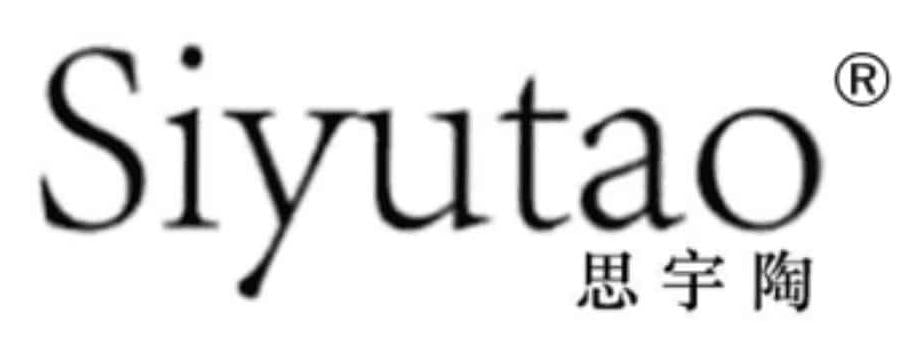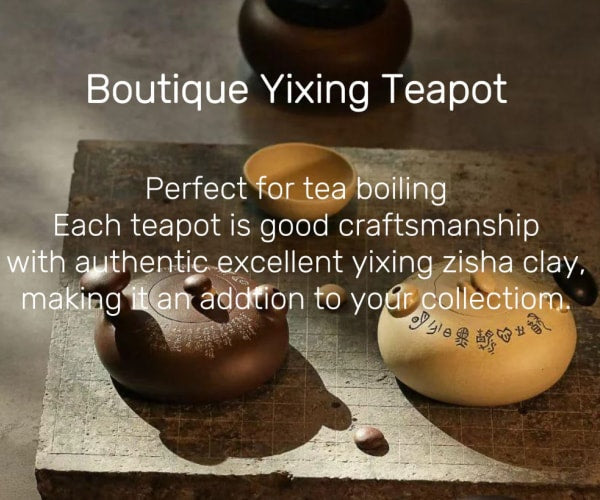Teapots: A Guide by Region and Material
The teapot is at the heart of tea culture.
There are many kinds, which can be grouped by the country they come from or the material they are made from.
Each type has its own function, shape, and artistic value, creating a colorful world of tea tools.
Classification by Country/Region
Different tea customs and cultures around the world have created unique teapot styles.
1. Chinese Teapots
China is the birthplace of tea. Chinese teapots are known for their fine workmanship and variety.
Yixing Zisha Teapot: Made in Yixing, Jiangsu, it's the best example of a clay teapot. It first appeared in the Northern Song Dynasty and became very popular in the Ming Dynasty. It is porous, helps keep the tea's color, smell, and taste, and has simple, classic shapes. It is both artistic and useful.

Jingdezhen Porcelain Teapot: Made in Jingdezhen, Jiangxi, these teapots are famous worldwide. They include white porcelain and blue-and-white porcelain. They are smooth, elegant, and good for brewing all types of tea. They have artistic value.

Fujian Lacquer Teapot: Mainly made in Fuzhou, Fujian, since the Qing Dynasty. There are expensive types like "Glittering Gold Sand" and "Gold Wire Agate." They look very fancy and can resist heat and acid.
2. Japanese Teapots
The Japanese tea ceremony is unique, and its teapots are very functional.
Yokode Kyusu: This is the most typical Japanese teapot. Its handle is at a slightly angled position (less than 90 degrees) for easy holding with the right hand. Its size is usually 250-330 ml, good for brewing many kinds of tea.

Hohin: This teapot has no handle but has a built-in filter. It is small (80-160 ml) and is mainly used for brewing high-quality green tea like Gyokuro.

Dobin: Usually made from pottery or porcelain, it has a large capacity. It is traditionally used for making soup or herbal medicine, but some can be used for boiling tea. Old dobin often have a single hole for water to come out.

3. Teapots from Other Countries
British Bone China Teapot: Bone china is light, thin, and slightly see-through. These teapots have a classic shape, often with complex patterns or gold lines. They are a symbol of British afternoon tea.

Indian Copper Pot: Made using traditional methods. Copper heats up quickly, so water boils fast. Some people believe it has health benefits. The pot is often carved with religious or cultural patterns.

Part 2: Classification by Material
The material of a teapot affects how it works and the taste of the tea.
1.Earthenware Teapots
Earthenware is a very old invention.
Features: Good air flow, keeps the tea's original flavor. Good at keeping heat and handling temperature changes without cracking.
Examples: The best-known is the Yixing Zisha teapot. Also, some minority areas in Yunnan make simple, rustic clay teapots.

2. Porcelain Teapots
Porcelain teapots are very common in China.
Features: Smooth surface, doesn't hold smells from other teas, shows the true color of the tea. Comes in many shapes, very artistic.
Examples:
Celadon: The best comes from Longquan, Zhejiang. It has a simple shape and a jade-green color.
White Porcelain: Pure white color, good for showing the tea's color. The most famous is from Jingdezhen.
Black Porcelain: Popular during the Song Dynasty for tea competitions. The most famous was from Jian Kiln, with special patterns like "hare's fur."
Colorful Porcelain: Blue-and-white porcelain is the most famous. It was greatly developed in Jingdezhen.
3. Glass Teapots
Features: Clear, so you can watch the tea leaves open and the water change color. Easy to clean, can handle hot water, but breaks easily and doesn't keep heat well.
Examples: Common glass brewing pots and serving pitchers, in shapes like round or square.

4. Metal Teapots
Metal teapots are some of the oldest in China.
Features: Handles high heat, warms up quickly, can make the tea smell better. Metal tea canisters are good for keeping tea dry, dark, and safe from smells. Usually expensive.
Examples: Copper pots, iron pots, silver pots, tin canisters. Japanese iron teapots (like Nanbu Tekki) are especially famous.

5. Lacquer Teapots
Features: Light, elegant, and shiny. Resists heat and acid. High artistic value, but often expensive.
Examples: Mainly from Fuzhou, Fujian, with expensive types like "Glittering Gold Sand."

6. Bamboo/Wood Teapots
Features: Made from natural materials, non-toxic, gives a simple, natural feeling. But it can warp and is not very durable. Often used for tea tool sets or trays, or as art objects.
Examples: Bamboo-wrapped porcelain pots from Sichuan, wood-based lacquer teapots.
Conclusion
There are also teapots made from rare materials like jade, crystal, and agate. For example, stone teapots are popular in Taiwan. These are mostly for decoration or collection. They show that teapots are not just for making tea—they are works of art that combine skill, beauty, and culture. As time goes on, new kinds of teapots continue to be created.



